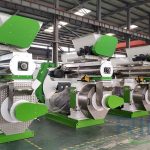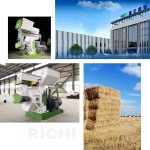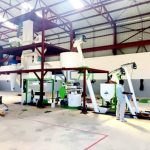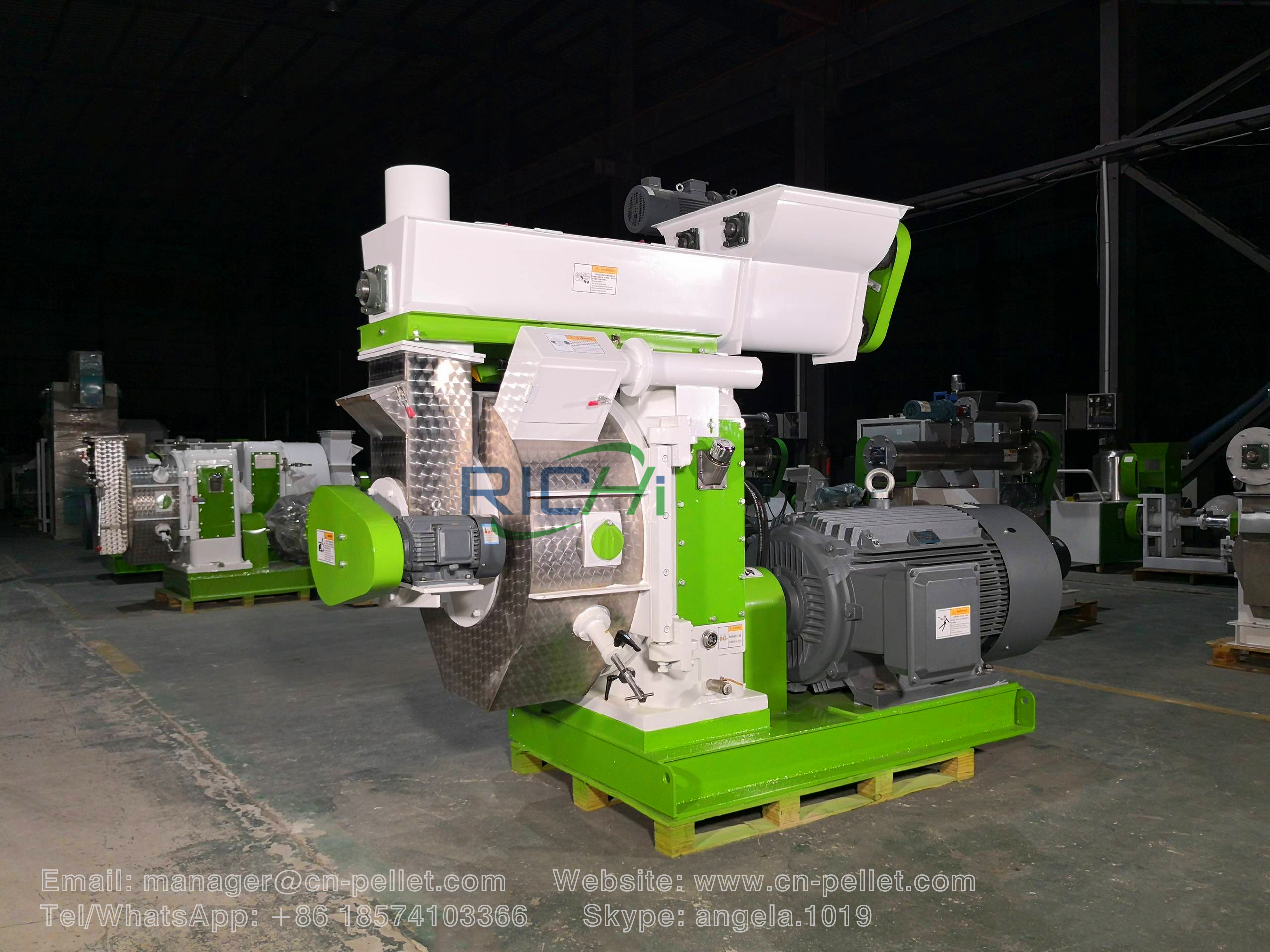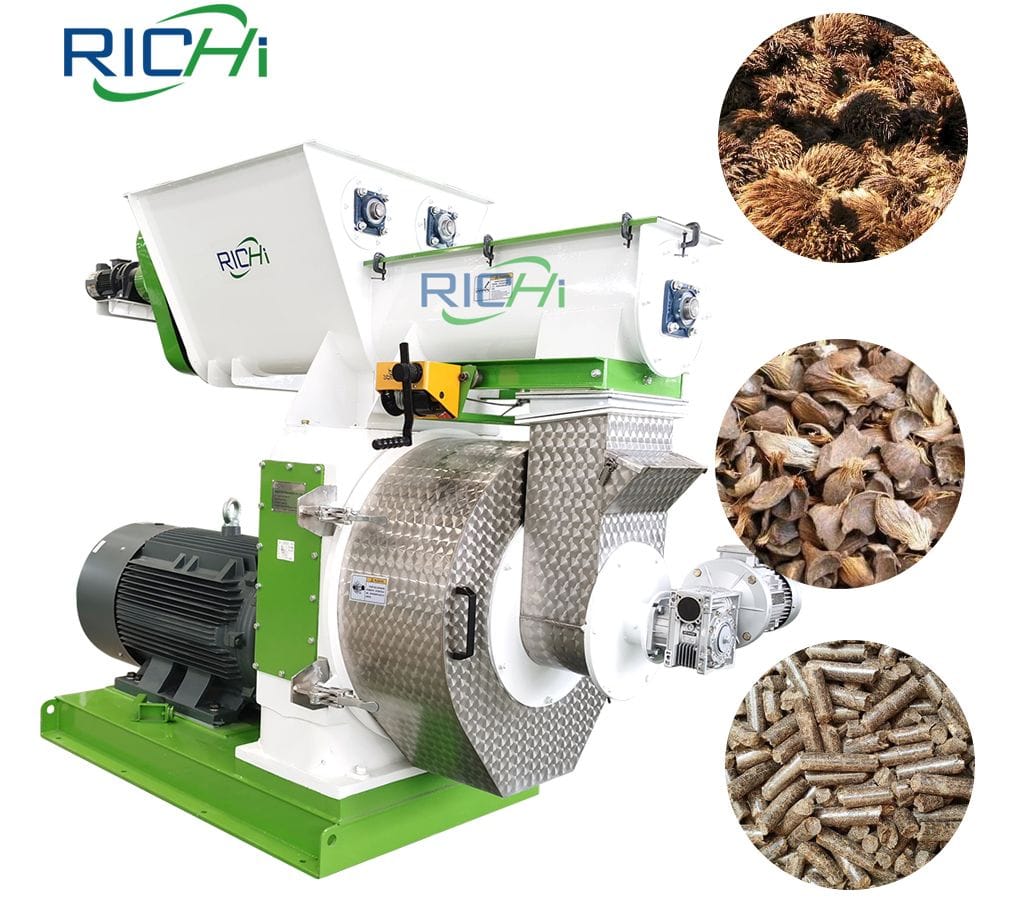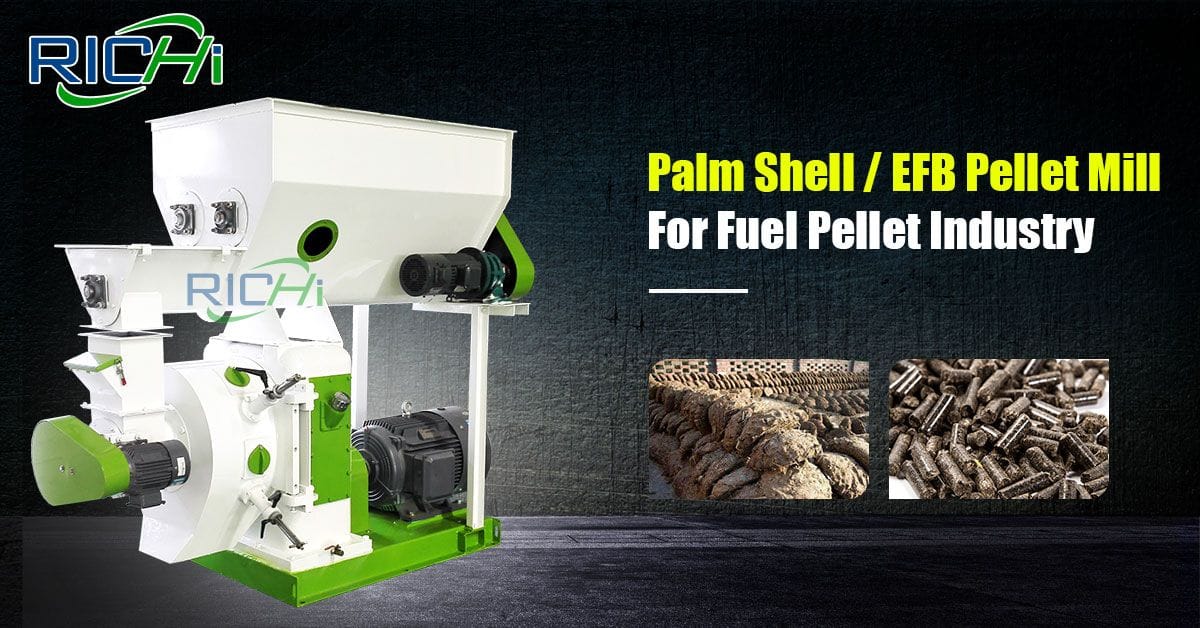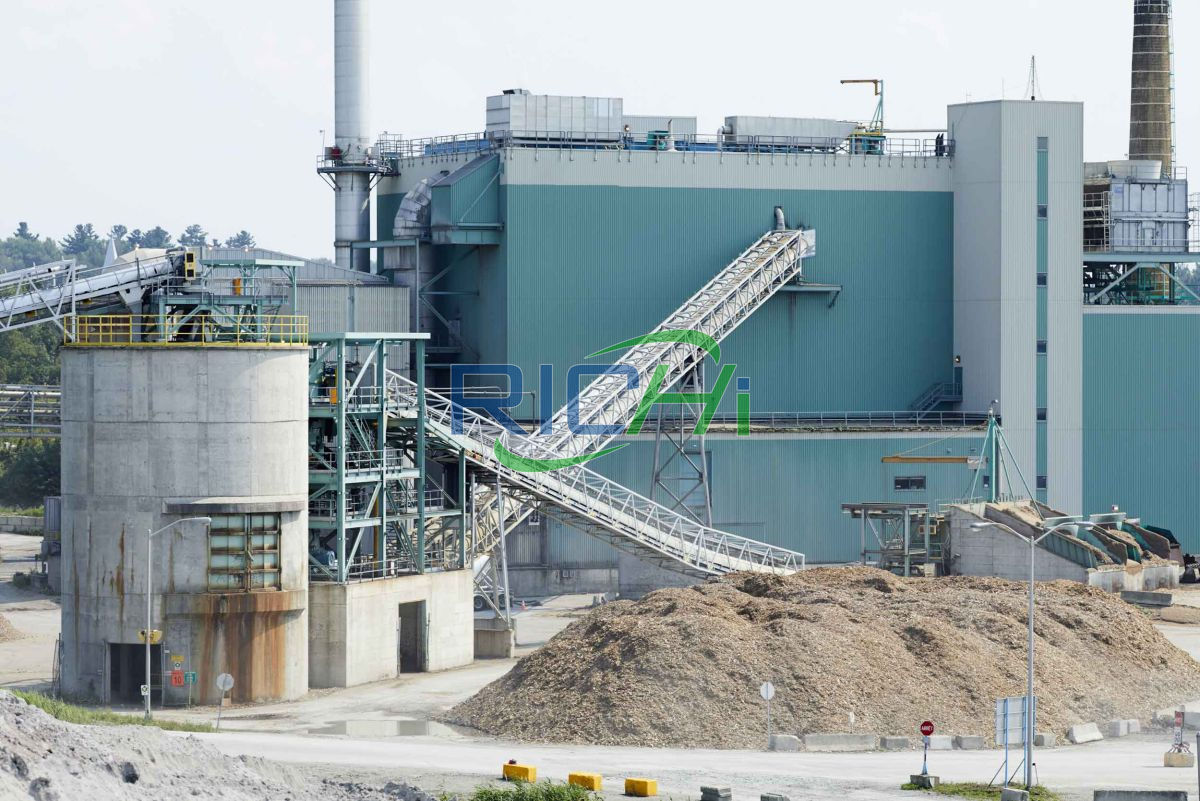Migrant workers all know about straw, and a large amount of straw is produced every year. However, it is unreasonable for us to deal with it. The methods of dealing with straw are often incineration, open landfill, and random disposal.
Our environment and our life have a certain degree of impact, so how can we use straw reasonably? The following will reveal to you one by one. The biomass pellet machine makes full and reasonable utilization of straw.
The natural conditions in different parts of the country are different, the types and quantities of straw are different, and the level of social economy and industrialization is extremely unbalanced.
The comprehensive utilization of straw requires scientific and reasonable allocation to avoid unnecessary competition and imbalance in resource allocation. Straw is an important part of agricultural production. The product is an important part of the biological cycle.
The maintenance of cultivated land quality and the sustainable use of soil must depend on the return of organic matter. Excessive industrial utilization will adversely affect biological cycles and agricultural production.
However, the content of soil organic matter is restricted by natural conditions such as climate and soil, and excessive return cannot increase the content of soil organic matter more. Using biomass pellet machine is a good equipment for processing straw.
The advantages of biomass pellet machine for straw processing:
1) The straw processed by the biomass pellet mill machine becomes biomass pellet fuel. Biomass fuel can be called an excellent solution to replace fossil fuels.
2) Pellet-based biofuel is a renewable resource that can be used all over the world. Its source is wood, grass, or sawdust, and agricultural waste straw, wood chips, wood waste, etc. can be used as biofuels.
3) The pellet mechanism biomass fuel can replace the dominant position of fossil fuels such as household heating, industrial electricity consumption, etc., and it has the advantages of low cost, large capacity, and large calorific value.
The emergence of biomass pellet machine solves the problem of straw. It is a good equipment that benefits the country and the people, and it is worthy of our attention.
1. The processing flow of biomass pellet machine pellets
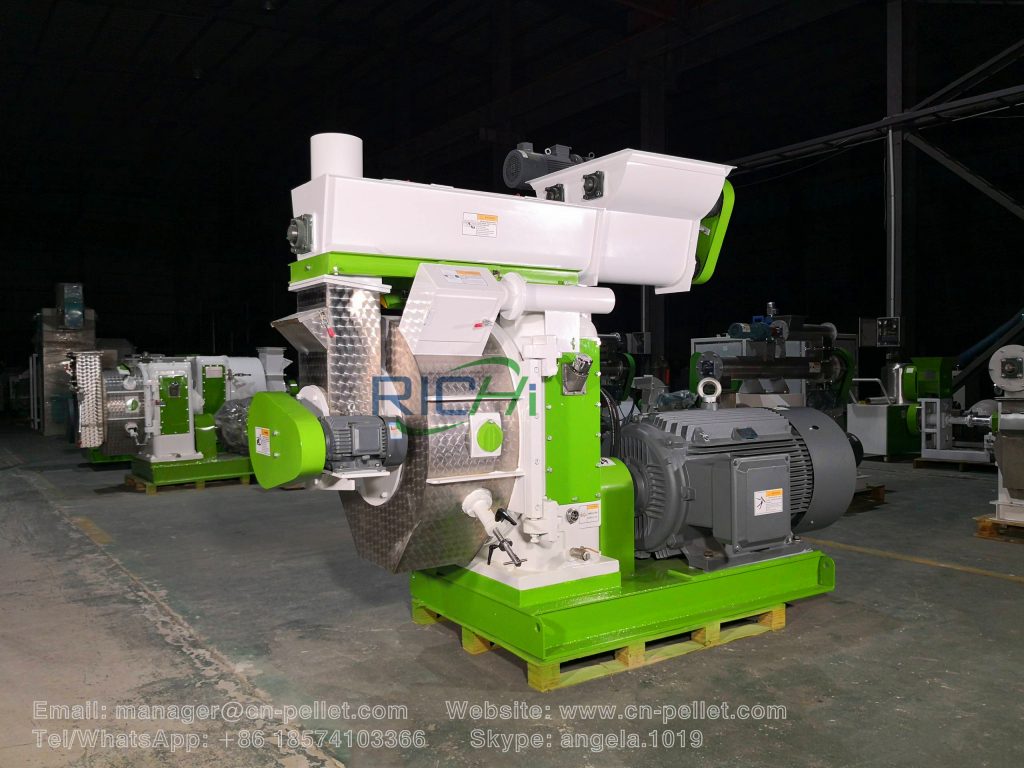
Nowadays, many people know about the biomass pellet machine, but there are still many customers and friends who do not know how the biomass pellet processing process is. Today, let Richi Machinery take you to understand the biomass pellet processing process .
The processing flow of biomass pellet machine pellets: crushing – drying – pellet forming – cooling – screening – packaging – sales.
(1) Pulverization: Due to the different volumes of other raw materials such as sawdust pellets, they must be pulverized before entering the granulation chamber, which is the first process of biomass pellets.
(2) Drying: wood pellet fuel has strict requirements on the moisture content of raw materials, and the requirements for different raw materials are also different. In order to ensure continuous and stable production, the raw materials after coarse powder should be dried.
(3) Pelletizing and forming: The biomass pellet machine is the key to the complete set of equipment, which can be applied to different raw materials such as straw, corn straw, rice straw, potato straw, cotton straw, bean straw, sugarcane straw, wheat straw and so on.
(4) Cooling: When the biomass is discharged, the temperature of the pellet fuel is as high as 80~90℃, the structure is relatively loose, and it is easy to break. into the silo. The production line is equipped with a cooling fan and a cyclone separator, which can return the separated powder to the previous process for re-granulation.
(5) Screening: The cooled biomass pellet fuel is screened by a vibrating screen. It needs to be screened to screen out the scraps to ensure the quality of the pellet fuel. The screened scraps are returned to the previous process for re-granulation.
Needless to say about the following packaging and sales, which is known to everyone, the above is the detailed granulation process of the biomass pellet production line, I believe you will have a certain understanding after reading it. For more information, please visit our biomass pellet machine manufacturer.
2. Biomass pellets will continue to expand in the future
RICHI predicts that the market size of biomass pellets will continue to expand in the future, mainly based on the following considerations:
(1) After the energy-saving and environmental protection policies were released, the number of people who switched to investing in biomass pellet machines increased, and the market scale increased.
(2) Biomass pellets machine is widely used, caters to the country’s new environmental protection and energy saving policy, and is not picky about the selection of raw materials, and the cost of raw materials for various crop wastes is very cost-effective. Substitute some non-renewable energy sources while attracting and converting new users. With the promotion of applications, the market size will continue to grow.
3. Development scale and competition of biomass pellet industry
(1) At present, there are not many enterprises specializing in making pellets, and there are not many enterprises participating in the competition. The bio pellet industry is in a stage of rapid development.
(2) In recent years, the biomass pellets machine has maintained a rapid growth trend, and the future market space is vast. In 2015, the annual trial production of biomass pellet machines in China exceeded 1 million tons, and biomass pellet machines were shipped all over the country, gradually forming industrialization advantages.
Summary: The future market prospects of biomass pellet machines are still very large, and the prospects are worth looking forward to.


